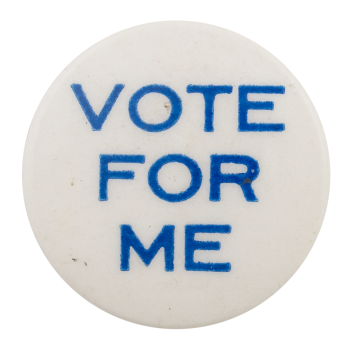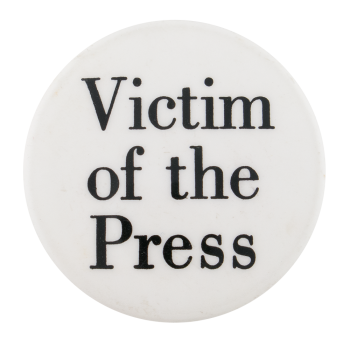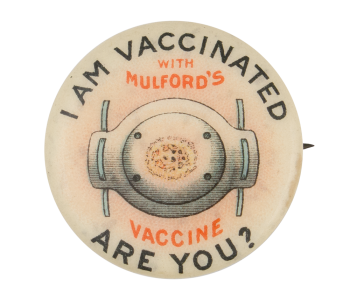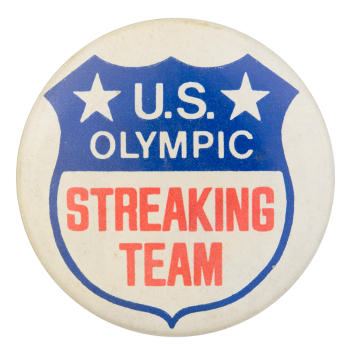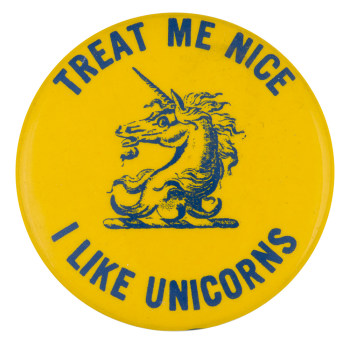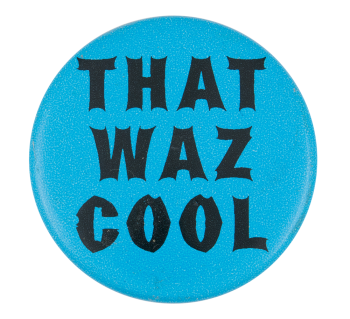What's Cooking
| Category | |
|---|---|
| Additional Images | |
| Sub Categories | |
| Text on Button | WHAT'S COOKING? |
| Image Description | Red illustration of a character peeking out of a cooking cauldron with red text and blue fire. The hair forms a question-mark. |
| Back Style | |
| The Shape | |
| The Size | |
| Additional Information | The man in the pot on this button is likely Kilroy, a popular character dating back to World War II. Kilroy was known for his large nose and question marked shaped hair, peering over the edge of doors, walls, etc. He was a popular form for graffiti after World War II. His image was put on the statue of liberty, stamped into the dust on the moon, and placed inside the private bathroom that was used by Stalin, Roosevelt, and Churchill during a conference. As Stalin exited the bathroom he asked an aide, “Who is Kilroy?” |
| Catalog ID | IB0033 |





